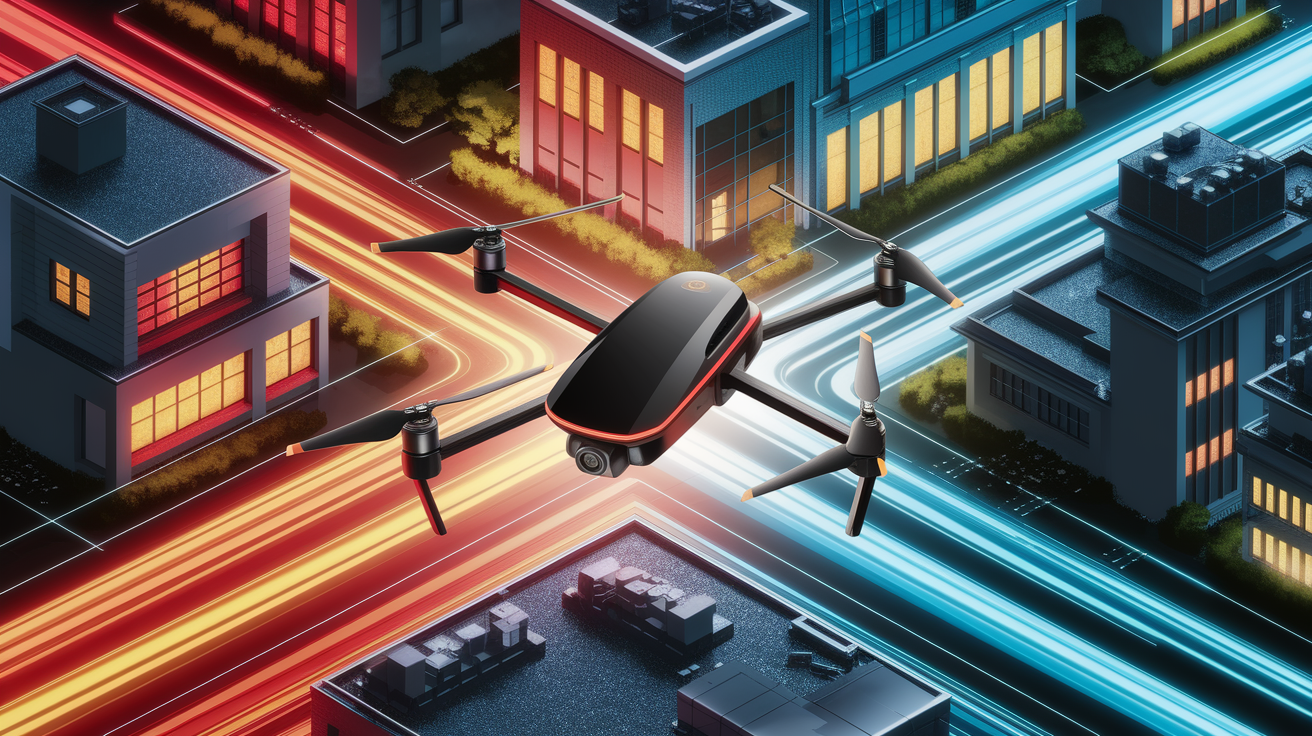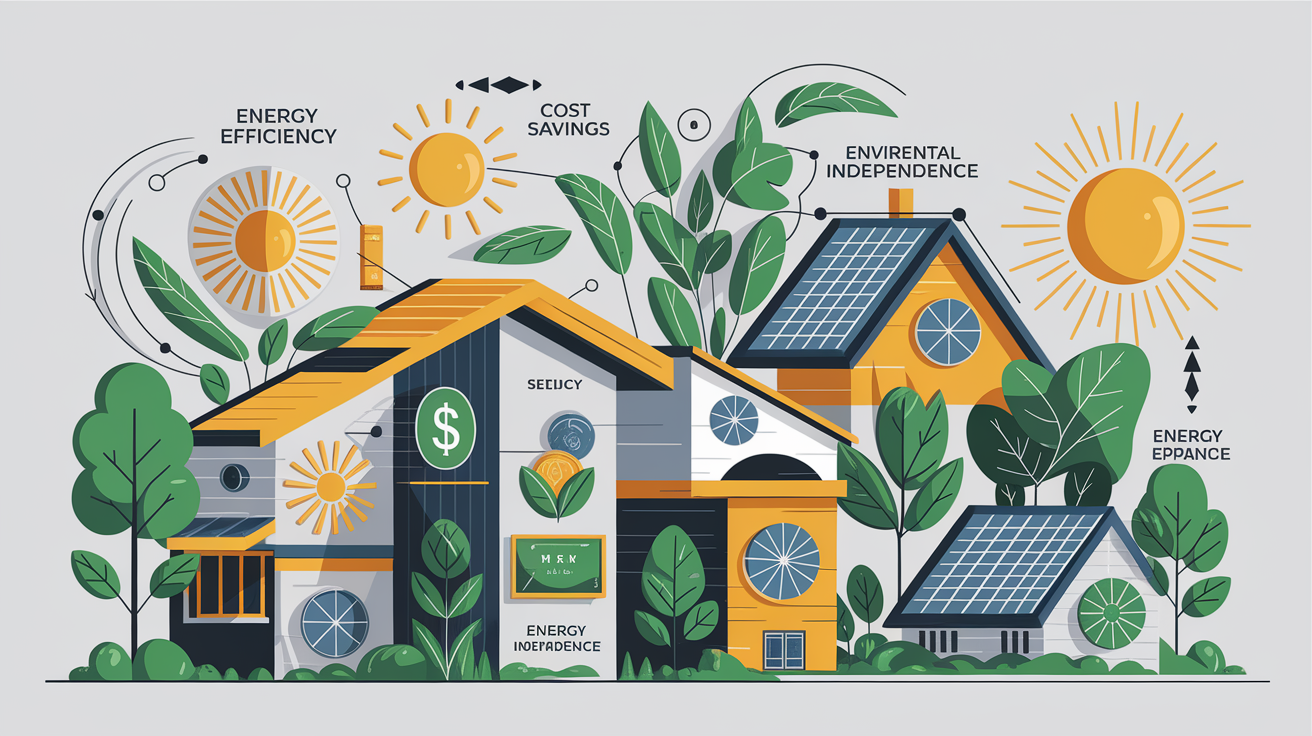Sky-High Solar Care: Your Guide to Drone Thermal Inspections
Introduction: Thermal Vision Takes Flight
In the rapidly evolving solar energy sector, drone-based thermal inspections are emerging as a game-changing tool for maintaining photovoltaic (PV) systems. Utilizing unmanned aerial vehicles (UAVs) equipped with advanced thermal imaging and infrared cameras—such as FLIR sensors—these inspections detect temperature anomalies that reveal defective solar cells, hot spots, shading issues, and other faults that can compromise energy efficiency. From sprawling utility-scale solar farms to residential rooftop arrays, aerial thermography is helping operators boost solar panel performance through faster, safer, and more precise diagnostics.

How Drone Thermal Inspections Work
Drone thermal inspections integrate radiometric thermal camera technology with GPS-guided flight plans to systematically survey solar arrays. UAVs capture overlapping infrared and high-resolution RGB images while flying lawn-mower pattern routes at altitudes of 150–200 feet. By ensuring consistent irradiance levels—generally above 600 W/m²—inspectors minimize false readings from reflections or environmental variations. Post-flight, collected data undergoes orthomosaic stitching and AI-driven segmentation to identify thermal anomalies in compliance with IEC TS 62446-3 standards.

Thermal analysis pinpoints defects such as micro-cracks, delamination, and inefficient cells by mapping heat signature patterns. This process enables solar maintenance services to generate detailed thermal inspection reports and integrate findings into asset management systems for streamlined follow-up.
Key Benefits for Solar Installations
Compared to conventional manual inspections, aerial thermal imaging offers substantial advantages for solar panel monitoring and diagnostics:

- Speed: Large solar farms can be surveyed in hours instead of weeks, reducing downtime and revenue loss (source).
- Safety: Eliminates risky rooftop or scaffold-based work for technicians.
- Accuracy: Detects subtle temperature fluctuations of ±2 °C, enabling precise fault identification.
- Preventive Maintenance: Early detection keeps solar installations operating at peak capacity and extends system lifespan.
- Data Quality: Delivers geo-referenced thermal survey results integrated with solar energy maintenance workflows.
Implementation Essentials
Effective UAV inspection requires the right equipment, operational planning, and skilled data analysis. Industry specialists recommend drones such as the DJI Matrice 350 RTK paired with a Zenmuse H30T or equivalent thermal camera. These dual-sensor platforms capture both infrared thermography and visual imagery for comprehensive solar system diagnostics.

Inspection planning should consider solar array layout, panel tilt, and sun angles to reduce reflective noise. Expert pilots execute precise grid flight paths, while AI-enabled post-processing software flags anomalies and produces actionable thermal data analysis. Integration with O&M systems ensures defects are tracked and resolved as part of the ongoing maintenance cycle (source).
Cost and ROI Insights
The cost of drone thermal inspection for solar panels varies depending on site size, location, and service provider. Commercial infrared inspection services can range from a few hundred dollars for small residential systems to several thousand dollars for utility-scale aerial thermal surveys (source).
Return on investment comes from reduced labor costs, minimized production losses, and faster repairs. For large solar farms, the avoided downtime from early fault detection can translate into significant monetary gains. Anecdotal industry reports suggest savings of thousands per MW annually when implementing preventive maintenance through drone thermal analysis.
Conclusion: Lighting the Path to Solar Excellence
As demand for renewable energy intensifies, maintaining peak solar panel performance is essential. Drone thermal inspection for solar panels offers a safer, faster, and more accurate approach to solar system health checks, bridging the gap between advanced technology and everyday operational needs. By detecting issues before they escalate, operators protect energy yield, meet warranty requirements, and uphold industry standards. With aerial thermal imaging poised to become a standard solar maintenance service, the future of solar farm operation and maintenance is taking flight—ensuring cleaner, more efficient energy production for years to come.







